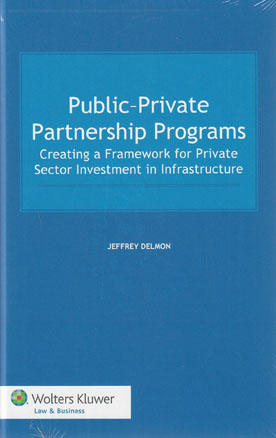
Project finance through public–private partnerships (PPP) can offer private investors the security that allows them to fill the huge gap of unmet need left over when sources of public and donor financing are exhausted. PPP can increase the proportion of large-scale infrastructure projects delivered on time and on budget, increase innovation and competition, enhance project evaluation and due diligence, prioritize value for money, and provide new opportunities for local capital markets. However, the recent financial crises, the market doldrums that have followed, and the cautious response of financial regulators have substantially reduced the financing available for PPP projects. Accordingly, governments and business entities need to focus more than ever on managing lenders and on creating the right framework for PPP. This book’s analysis promotes a new, dynamic, iterative process supported by different functions and actors within the government, the private sector, and communities seeking infrastructure. The author, a highly experienced World Bank development agent and preeminent authority on PPP, fully describes the elements that make up an effective PPP framework in the current economic environment. In great detail he covers such topics as the following:
The focus throughout is on learning by doing as an important part of identifying gaps in the investment climate.